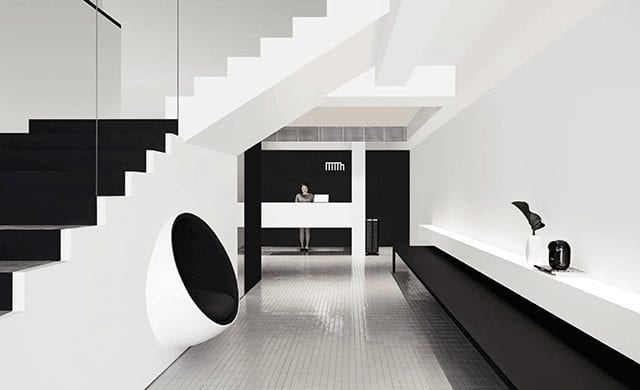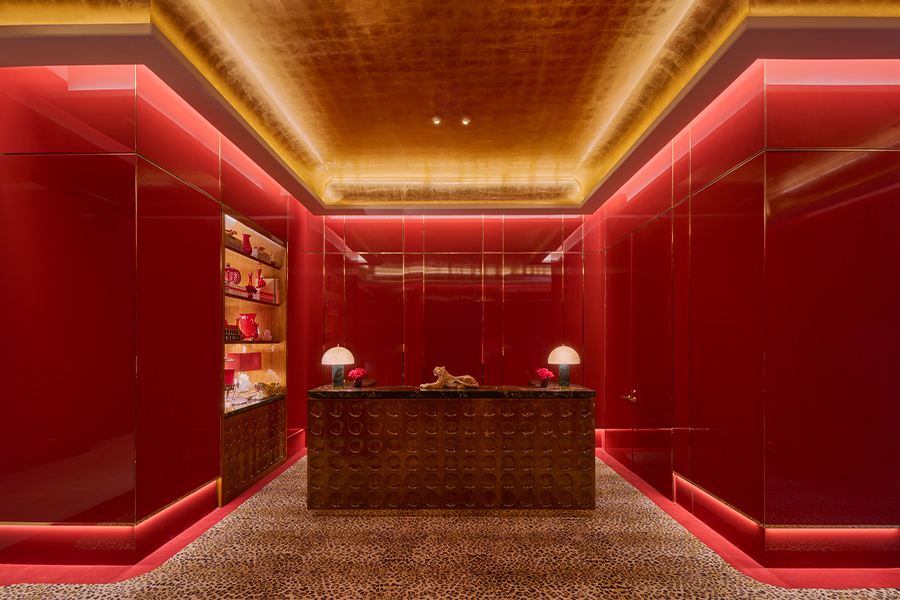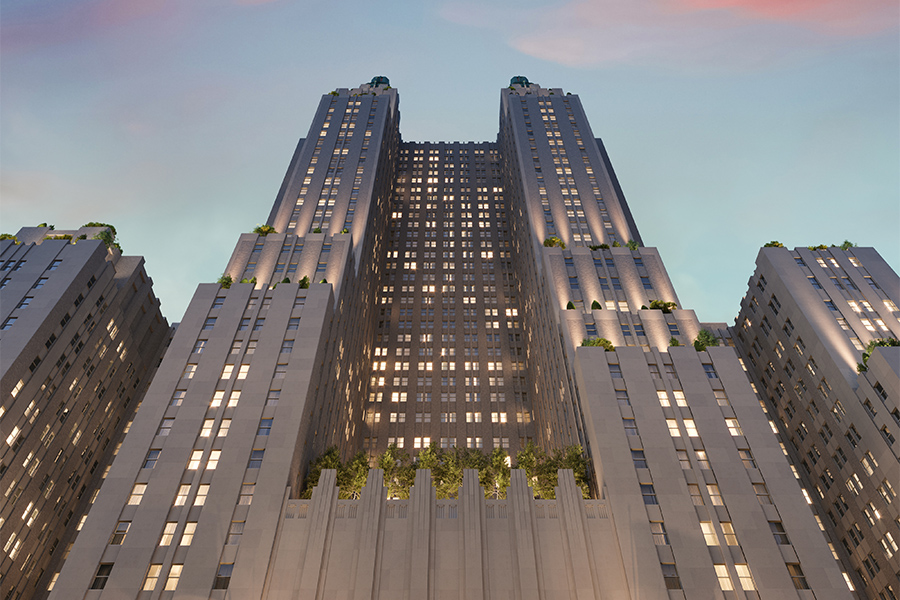Strolling the streets of Singapore’s historic Chinatown, it’s hard to miss the striking black and white façade of Hotel Mono—befittingly named for its minimalist yet dramatic dual-color approach that dominates the exterior and continues inside. William Chan, founder and chief designer of locally based Spacedge Designs, chose a pared-down aesthetic as a solution to Eighteen M’s vision of an affordable yet chic boutique hotel (both Chan’s and the company’s first) that could appeal to design-conscious urban nomads.
“I wanted to throw away the rulebook and create something that would stand out for not conforming to the standard expectations of what hotels should look like,” Chan recalls. “Not pandering to the clichés of nostalgia and tradition associated with Chinatown as well, I wanted to do something simple yet different that still communicated a Singapore identity. [One that] stood out from the cacophony of colors along the street.”
Formerly a rundown budget hotel, Chan had to mitigate the challenges of renovating six early-20th-century shophouses—a residential building category synonymous with Southeast Asian architecture—built in a row with conversion status. Poor site conditions and time and budget constraints led Chan to use simple, low-cost materials in innovative ways to highlight the original architecture, he says.
That starts in the clean-lined, graphic lobby, where a long bench (measuring almost 20 feet), a statement-making staircase, and a globe chair embedded in a wall, all done in black, punctuate the otherwise stark space. Within the 46 guestrooms, a nearly one-and-a-half inch thick black square metal tube acts as a strong graphic element piercing through the white walls “like a line drawn in space,” he says, serving as either a light source, sculptural element, or, at times, a clothing rack. In loft rooms, it even becomes an architecturally striking staircase.
To Chan, the black and white approach acts as art. “When monochromes are layered with graphic and structured elements, it becomes visually powerful,” he says. That black line motif continues in the custom furniture pieces, including headboards, bathroom amenity rails, and desks, as well as in the throw across the bed.
To soften the spaces and provide a subtle reference to the buildings’ histories, Chan incorporated mosaic tiles on the lobby floors, staircase, and guest bathrooms with hues diverting from the monochromatic theme into pale pink, beige, and brown.
While Chan says it was a “major coup to convince the owners to go with a radical design proposal and not follow conventional hotel design ropes, such as using wallpaper and carpet,” his efforts to take the less traditional route are now paying off. “The minimalism of Hotel Mono has created a new design typology for small independent hotels, as well as for heritage shophouses in Singapore.”



